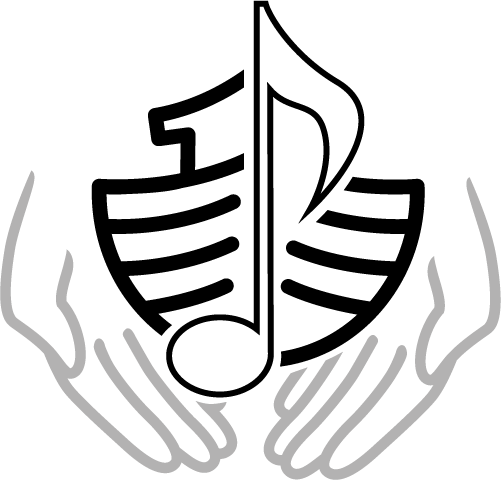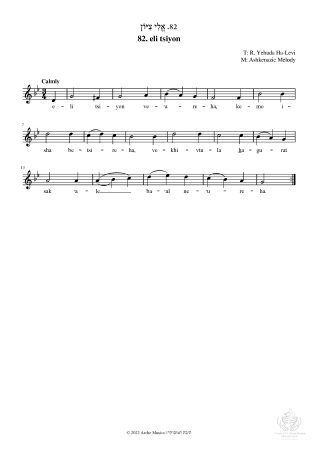אלי ציון | Eli tsiyon | Lament for Zion (1912)
Artist: Abraham Zvi Idelsohn (1882-1938)
Lyrics: Attributed to R. Yehuda Ha-Levi
Tune: Ashkenazic Melody
This elegy is traditionally song on Tish'a Be-Av (ninth day of the Hebrew month of Av), a day of mourning for the destruction of the Temple and other disasters that befell the Jewish people throughout its history.
“Eli tsiyon” is sung in the synagogue on the morning of Tisha Be-Av in Ashkenazic communities. The elegy expresses sorrow about the destruction of the Temple and the expulsion of the Jewish people from Zion. The text is based on biblical verses, and post- biblical writings. The word "eli" in this song means lament, cry for (and not “my God”, as in modern Hebrew). Some scholars argue that the melody is based on the sixteenth-century South German folk melody "Die Frau zur Weissenburg" [The Woman of Weissenburg], which talks about a woman who betrayed her husband. Idelsohn, in his book, Jewish Music in its Historical Development (New York: 1929), claimed that the melody is based on two Catholic German Church tunes, which are also known as Czech folksongs and Catalonian-Sephardic songs.
Later, Idelsohn included this tune in his Thesaurus of Hebrew Oriental Melodies: The Traditional Songs of The South German Jews, vol. 7 (Leipzig, 1933: 302a, 302b). The first melody (no. 302a) was common among German Jews. According to the musicologist Eliyahu Schleifer, this melody had been introduced to the synagogue in the sixteenth century, but only in the nineteenth century was the text adapted to it by German cantors.
The song is included in several early Yiddish and Hebrew song anthologies. The melody is in a minor (harmonic) key, with an augmented second that is common in Ashkenazic music.
Included in
Scores
Original (PDF) Modernized (PDF)

